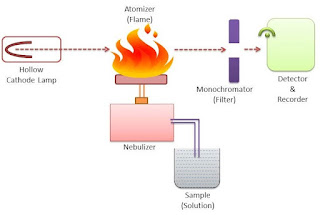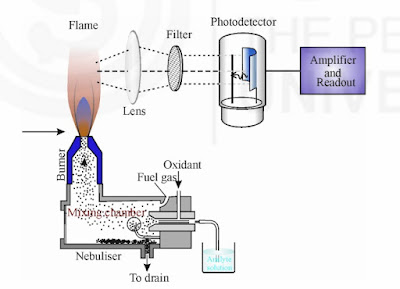Crystalline Melting Point: Definition, Factors Affecting and Determination
.png)
What is Crystalline Melting Point ? When a polymer is treated beyond its glass transition temperature (T𝘨), it passes from a glassy state to a rubbery state and further heating causes melting of the polymer and starts flowing. So we can say that the temperature below which the polymer is in a rubbery state and above which it is a liquid is called the crystalline melting point (T𝘮) of the polymer. Factors affecting crystalline melting point (T𝘮) Following are the factors which affect the crystalline melting point (T𝘮). 1. Chain Flexibility Chain flexibility and crystalline melting point (T𝘮) are inversely proportional to each other that is higher the flexibility, the lower will be the Tm . Also, the presence of double bond and aromatic group in the polymeric backbone lowers the flexibility which increases the crystalline melting point (T𝘮). 2. Size and type of side groups Size and type of size groups greatly influence the crystalline melting point (T𝘮). Bulky or lar...

